By looking at their architectural features, you can tell when the Kaiserpfalz (Imperial Palace) in Goslar, Welf Castle in Hann. Münden, Herrenhausen Castle in Hanover and other buildings in Niedersachsen were built – it’s easy when you can recognise the most important characteristics of the different styles and periods. Our ‘Quick guide to architecture’ describes the main styles, from the Romanesque and Classical to the Modernist periods, all clearly illustrated by examples from Niedersachsen. Experience Niedersachsen’s architecture in a completely new way, and be transported back to a by-gone era.
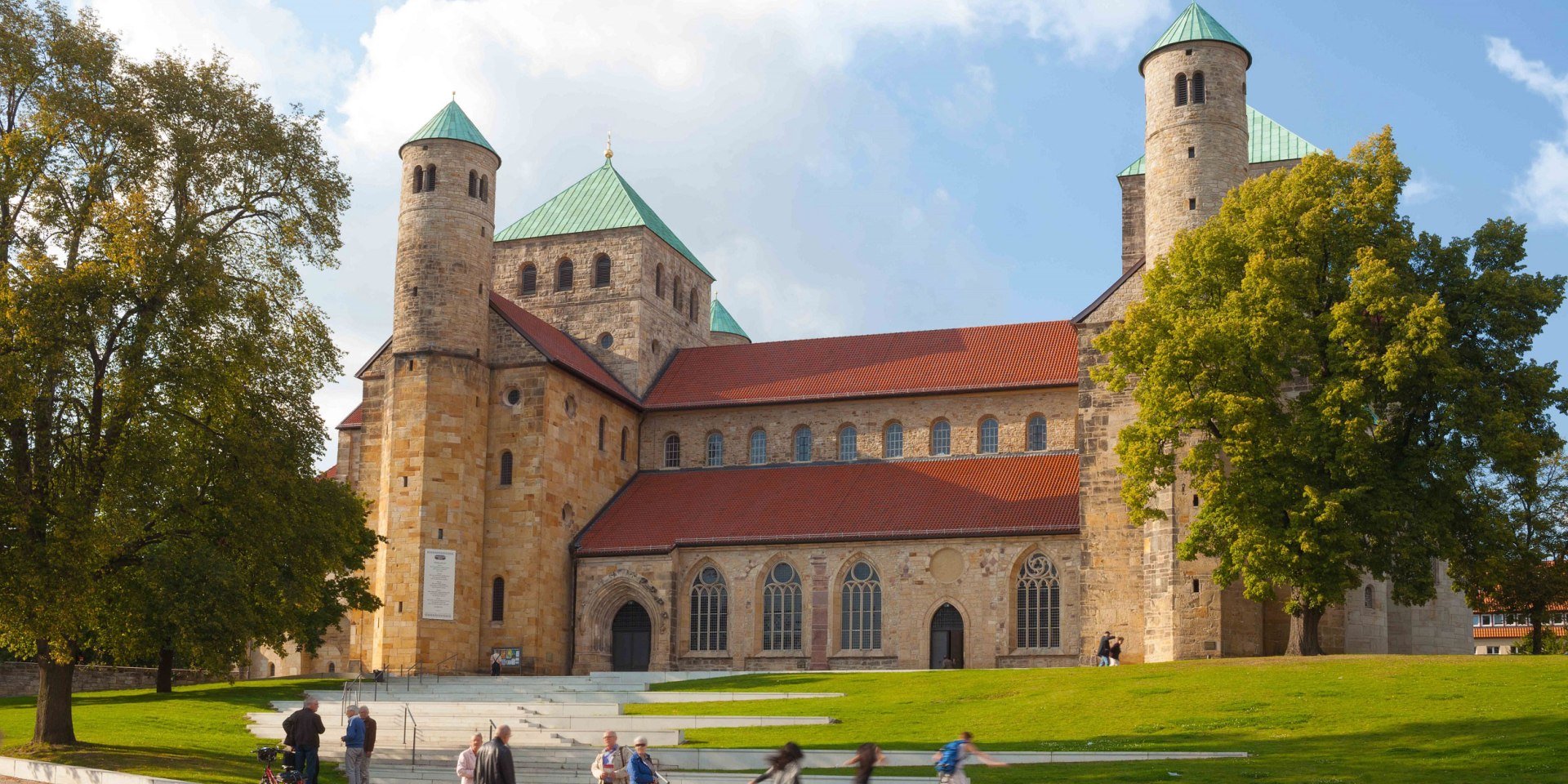
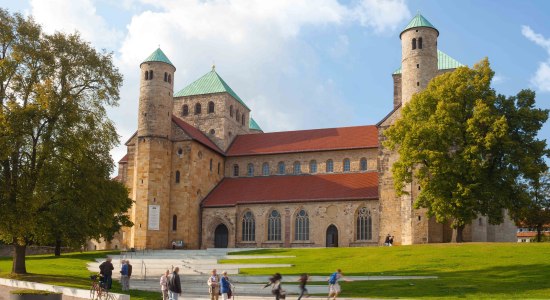
Romanesque (c. 1000-1250)
The Romanesque style is characterised by massive, simple structures with a well-fortified appearance. The buildings are not very ornate, and can be identified by their round arches, small windows and clear geometric forms. Examples of noteworthy buildings from the Romanesque era are the Kaiserpfalz in Goslar and St Michael’s Church in Hildesheim.
St Michael’s Church
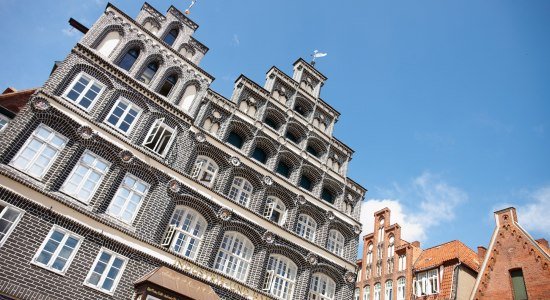
Gothic (c. 1250-1520)
Typical of the Gothic period are ribbed vaults, pointed arches and intricate, filigree tracery. Tall windows replace the small, compact windows of the Romanesque period. This style typically accentuates the vertical aspect, reflected by features like tall steeples, flying buttresses and stepped gables. You can admire the Northern German Brick Gothic style in Lüneburg, for example. Churches such as St John’s and St Michael’s are classic examples of pure Brick Gothic architecture. The town boasts many gabled buildings originating from the Gothic and Renaissance periods, and the Old Town Hall also shows some Gothic elements.
Old Town Hall Lüneburg
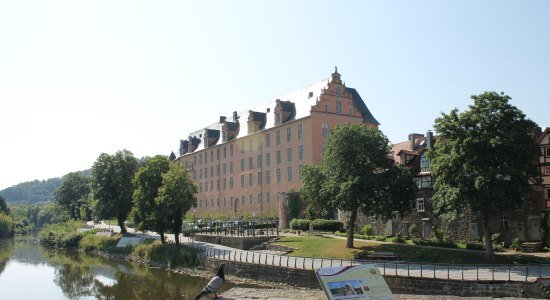
Renaissance (c. 1500-1650)
The Renaissance period oriented itself toward the art of antiquity, reviving classical elements such as columns and pilasters. This architectural style pays close attention to symmetry and emphasises vertical and horizontal lines. Other typical features of this era are round arches, magnificent portals and oriel windows. Niedersachsen (Lower Saxony) has its own regional variant, known as the Weser Renaissance. You’ll see this style if you visit the Pied Piper’s House in Hamelin, for example, or Welf Castle in Hann. Münden.
Welf Castle Hann. Münden
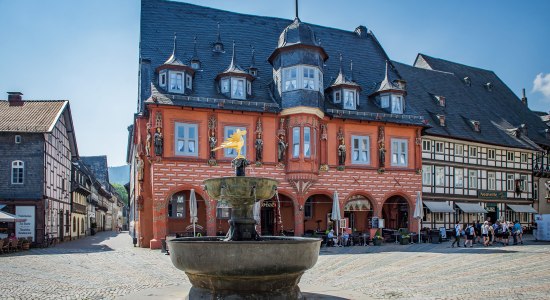
Baroque (c. 1650-1770)
The Baroque period is typified by curved facades and forms. Straight lines, for example, gave way to round and oval windows, onion-shaped towers and domes. Ceilings were richly adorned with stucco elements, and the result was a grandiose display of shapes and colours. At the same time, rigid symmetry was always observed. You can see Baroque elements at the Kaiserworth building in Goslar or the Old Town Hall in Lüneburg. The late Baroque period parallels the Rococo style. The latter is less pompous than Baroque, but more ornate and playful. An example of this style is Richmond Castle in Brunswick.
Kaiserworth Goslar
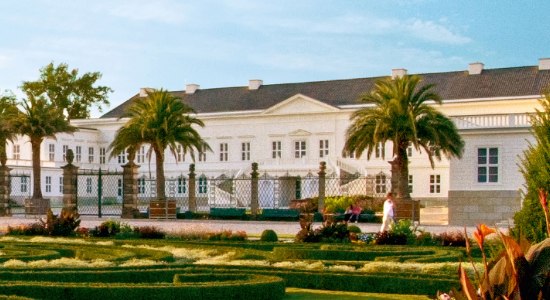
Neoclassicism (c. 1770-1840)
Forms from antiquity were revived in the Neoclassical period. Austere Greek and Roman inspired architecture is sparsely adorned and has a spare, sober appearance. Characteristic features are flat, three-cornered pediments (gables) with colonnades, as well as horizontal and vertical segmentation. An example of Neoclassical architecture is Herrenhausen Castle in Hanover.
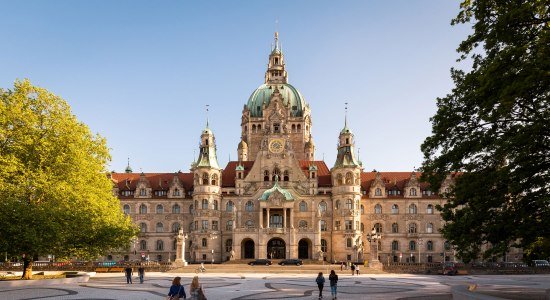
Historicism (c. 1840-1900)
Historicism, also known as the Wilhelminian style, represents a revival of past eras. It comprises pure replicas of different styles as well as an amalgam of styles, combining Neoromanticism with Neogothic, for example. In Niedersachsen (Lower Saxony), an example of Historicist architecture is the New Town Hall in Hanover.
New Town Hall Hanover
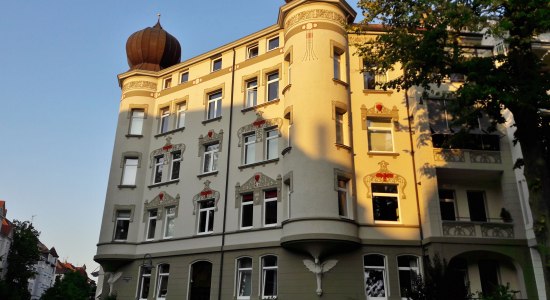
Art Nouveau (c. 1890-1910)
Art Nouveau is characterised by curved, organic lines, elaborate decoration, animal and plant motifs and a tendency towards asymmetry. There was no attempt to copy previous styles; everything was new. To this end, glass and steel were used on a large scale for the first time. In Niedersachsen (Lower Saxony), it’s mainly residential buildings and villas that embody the Art Nouveau style of architecture. You can see them in towns such as Hanover, Brunswick or Osnabrück.
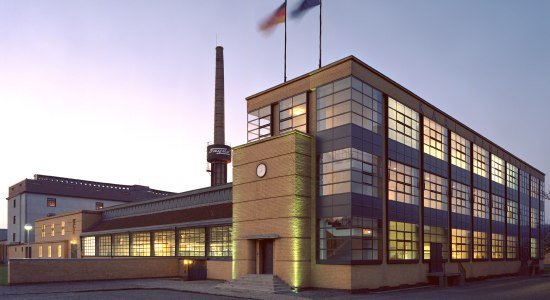
Modernism (from 1900)
Modernist architecture uses new building materials like reinforced concrete, glass and steel. There are no decorative elements – the focus is on function over style. Well-defined, geometric shapes, as in the Bauhaus movement, are particularly valued. One of the buildings designed by the founder of the Bauhaus movement, Walter Gropius, is the Fagus Factory, which you can visit in Alfeld.
Fagus Factory in Alfeld

